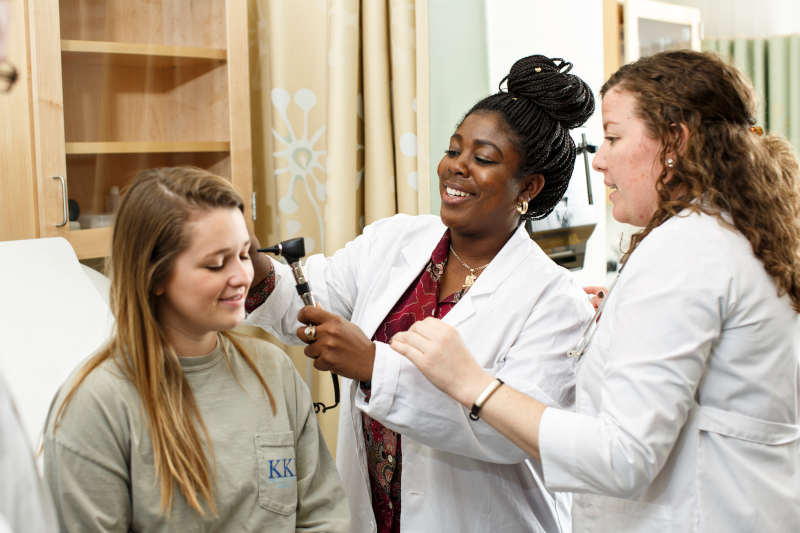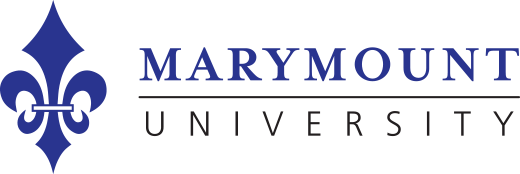What Does a Family Nurse Practitioner Do?

The health care landscape in the U.S. is looking a lot different these days, with an aging population and fewer providers to care for them — putting stress on the system at an unprecedented level. Other factors, like nurses aging out of the workforce and the increase in people with chronic conditions that require managed care, add to this complex problem. The American Nurses Association (ANA) estimated that there were more vacancies for registered nurse positions in 2022 than for any other profession in the country.
Of course, if you already work in the nursing field, you may be all too familiar with these challenges. And nurses aren’t the only type of care provider in short supply.
An analysis published by the American Association of Medical Colleges (AAMC) is projecting a need for 48,000 primary care physicians within the next decade, cautioning that the physician shortage is already here.
Meeting the need for primary care providers is a unique challenge. Traditional medical school can involve a long and arduous process and often requires new doctors to take on tremendous debt to earn their credentials. That’s why, for aspiring care providers, the nurse practitioner pathway is becoming more and more attractive.
Family Nurse Practitioners (FNP) are one solution to the acute shortages of primary care physicians and nurses. These health care workers can independently assess and treat patients within the scope of practice set forth by each state. As providers, they are authorized to act as a primary point-of-care, and can establish long-term relationships with their patients across their lifespans.
The U.S. Bureau of Labor Statistics (BLS) predicts that the nurse practitioner field will have an explosion in growth over the next decade. BLS anticipates a 40 percent growth rate for nurses with NP certifications from 2021 to 2031, with 30,200 open positions becoming available yearly.
There are several educational pathways to choose if you want to become an FNP. Let’s look at what FNPs do, the opportunities available to them and why experts believe they could be vital to the future of health care in the U.S.
What is a Family Nurse Practitioner?
A Family Nurse Practitioner (FNP) is an advanced practice nurse with responsibilities similar to a primary care physician. FNPs care for patients of all ages, creating treatment plans and prescribing medication. One FNP might be the primary point of care for an entire family, from very young children up into the senior years.
Family Nurse Practitioners conduct routine physicals, treat illnesses, order and interpret lab tests and make referrals when necessary. They may also be trained to assist in surgical procedures, drain abscesses and treat acute minor injuries.
A big focus for FNPs is often preventative care and patient education. FNPs are equipped to meet patients where they are in their health journey and give them the tools they need to stay as healthy as possible. With chronic disease rates skyrocketing in the U.S., FNPs can partner with patients to assess genetic risk factors and lifestyle behaviors and recommend avoiding long-term complications.
During a typical day, a Family Nurse Practitioner may look over lab results, contact patients to discuss next steps, then jump into several hours of one-on-one appointments to diagnose illnesses, check on treatment plan progress, and offer annual exams. The shift might conclude with several hours of charting and patient notes and some conferencing with another health care provider on the team.
What are the general skills required to be an FNP?
Transitioning from a BSN-prepared or MSN-prepared nurse to an FNP requires learning a specific set of additional skills.
These skills include:
- Planning and executing patient treatment plans
- Best practices for prescribing medication
- Advanced assessment and diagnosis
- Patient education methodology and theories
Once certified, Family Nurse Practitioners can practice in several health care settings such as:
- Outpatient care settings
- Hospitals
- Physicians’ offices
- Community health centers
- Educational facilities
An FNP who works in a hospital earned a median annual income of $128,190 in 2021. The highest-paid 10 percent of nurse practitioners make over $200,000 each year. Salaries can vary widely by state. According to BLS, California, New York, New Jersey, Washington and Massachusetts are the five states where FNPs can earn the most.
If you’re considering a career as an FNP, it’s essential to be aware of the state laws that could impact your practice. Nurse practitioners’ scope of practice authority can vary according to their state laws. In 23 states and the District of Columbia, FNPs and other nurse practitioners have what’s known as “full practice authority.” This enables them to operate independently as caregivers without a physician’s oversight. Some states only allow FNPs a reduced practice or restricted practice, which can limit what they are allowed to do.
How do you become an FNP?
To become an FNP, you’ll need to choose an educational pathway that’s based on your current level of education. You’ll also need to hold an RN license. It’s wise to find a program that fits well with your lifestyle and offers support through clinical placement and flexible learning options. Some FNP programs can now be completed entirely online, with the exception of clinical hour requirements.
Family Nurse Practitioners have a Master’s in Nursing (MSN) degree or a Doctor of Nursing Practice (DNP) degree as options for entry to practice. FNPs must pass one of two certification exams to get licensed. Both exams are considered acceptable to hiring managers in the health care field.
- The American Academy of Nurse Practitioners (AANP) FNP exam is a competency-based test with 150 questions. It tests knowledge of family practice across every age group.
- The American Nurses Credentialing Center (ANCC) FNP exam is a 175-question test that emphasizes your clinical management, patient assessment and diagnosis skills.
After completing any FNP program, passing the AANC or AANP exams will be your final step before you can get licensed.
In an online FNP program, you will learn:
- Skills to provide primary care across the lifespan, including care for entire families
- Professional leadership and ethics in health care
- How to implement continuous quality management (CQM) and business process improvement (BPM) to provide care that is consistently excellent
- Treatment plan creation and execution strategies
- Tools for patient education and patient advocacy
Start Your Nursing Career at Marymount University
The entry-level option for students with non-nursing undergraduate degrees is the Online ABSN. In just 16 months, Online ABSN students complete the following requirements in preparation for RN careers:
- An on-campus residency
- Clinical placements in Virginia
- 100% online courses on topics like Research and Evidence-Based Practice
Marymount’s ABSN is accredited by the Commission on Collegiate Nursing Education (CCNE). Nursing courses at Marymount are taught by practicing APRNs who can speak with authority about the profession. The university’s stellar reputation is confirmed by top U.S. News & World Report rankings in its National Universities and Nursing categories.
If you want to become an RN, contact one of our student advisors to discuss if this program is right for you.
